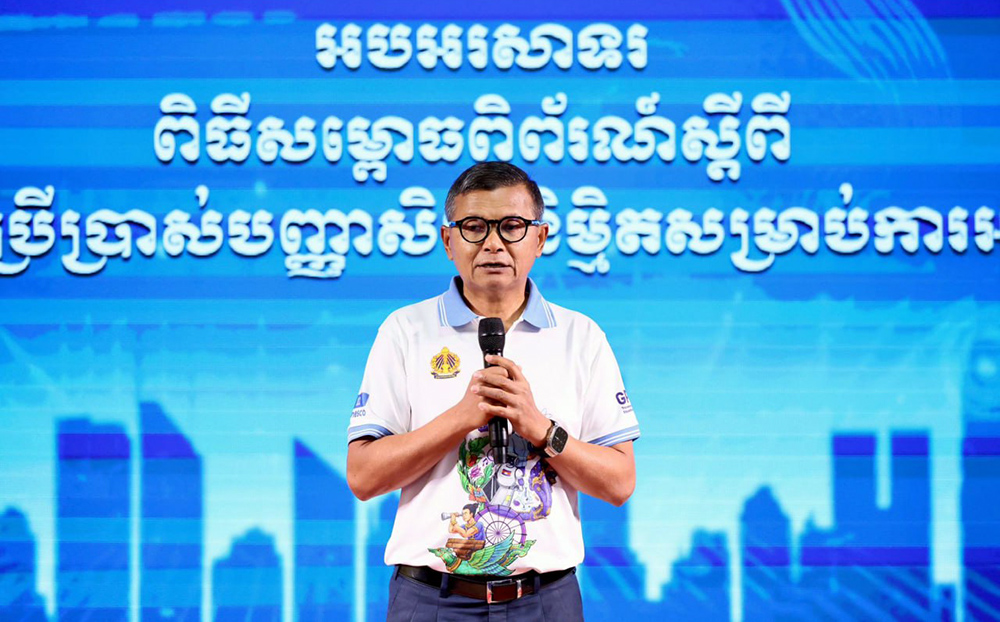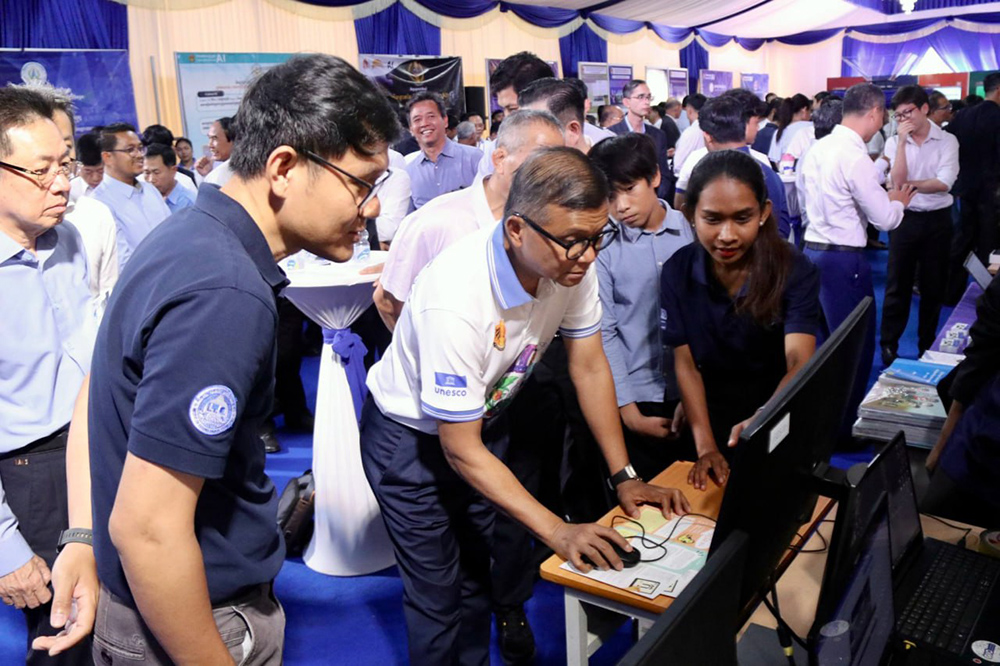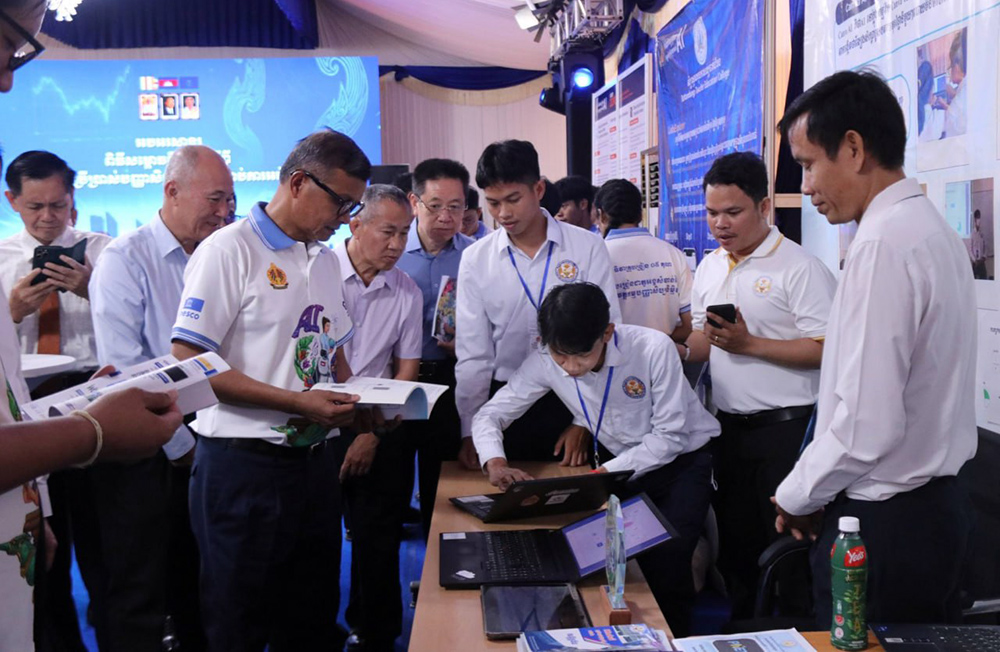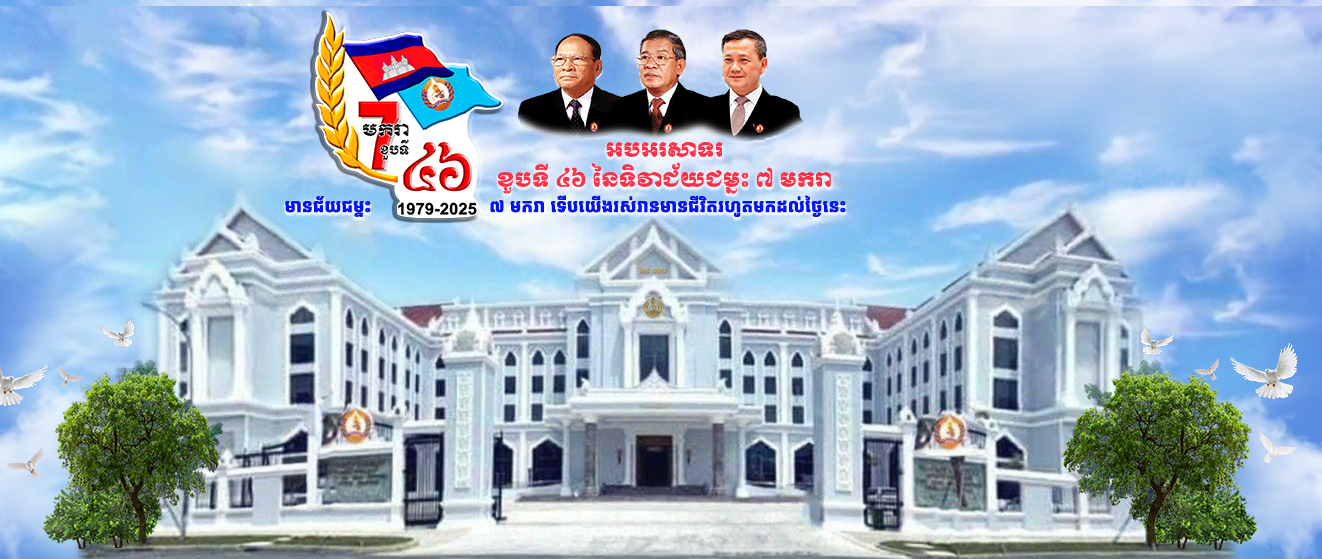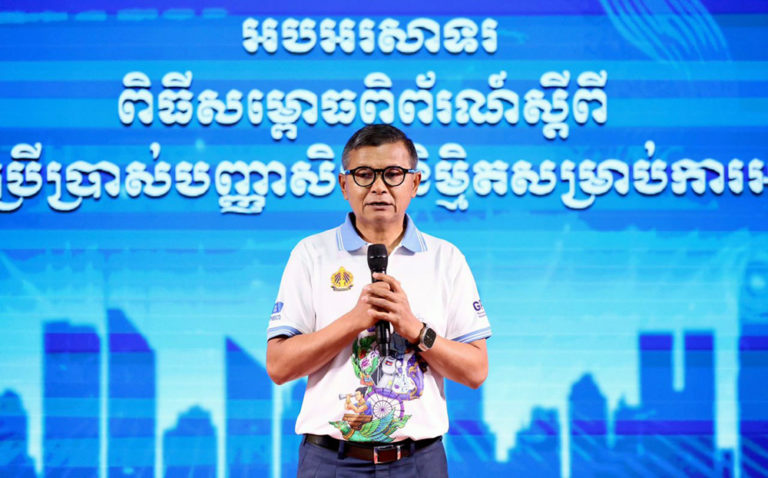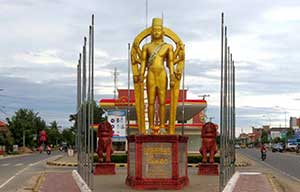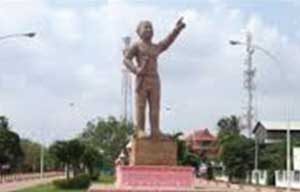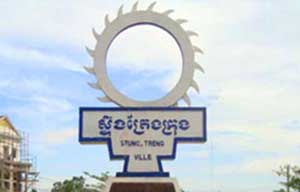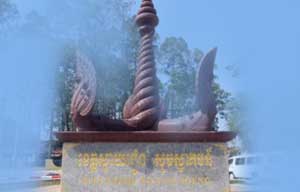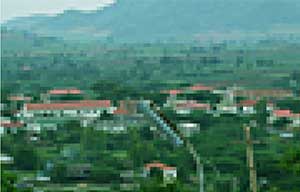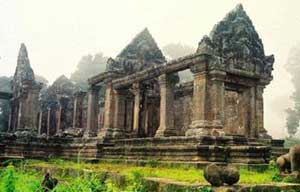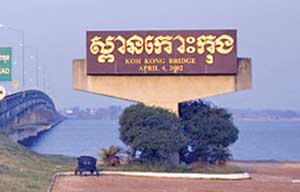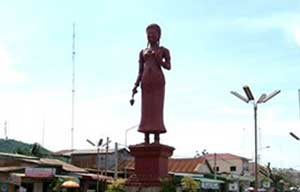An exhibition on the “Use of Artificial Intelligence in Education” is being held at the National Institute of Education in Phnom Penh as a side event to mark Teachers’ Day (Oct. 5), which this year is celebrated under the theme “Teacher is the Catalyst of AI Transformation.”
The two-day exhibition was officially inaugurated yesterday afternoon under the presidency of H.E. Dr. Hang Chuon Naron, Deputy Prime Minister and Minister of Education, Youth and Sports.
Organised by the Rectors’ Council of Cambodia, in collaboration with the Research, Creativity and Innovation Fund (RCI Fund) and the Centre for Digital and Distance Education of the Ministry of Education, Youth and Sports, the exhibition features three categories of works: Research outcomes in the form of prototypes, programmes, or systems related to AI; Ongoing AI-related curricula or research; and New research projects or initiatives for AI development.
The event also includes three special presentations: Public announcement of the upcoming National Conference on Artificial Intelligence for Education to be held in November 2025; The use of artificial intelligence to support learning and teaching; and New paradigms in research for developing AI tools.
In his remarks, H.E. Dr. Hang Chuon Naron commended the exhibition, describing it as an important step forward in integrating AI into the education sector. He noted that AI will bring transformative changes across all fields, particularly in education, where it serves as an effective tool to enhance teaching efficiency and learning outcomes.
He also cautioned that AI should be regarded as an auxiliary tool rather than a complete replacement for human intellect. “We must not rely entirely on technology, as it could lead to the loss of independent human thinking,” he underlined. “Therefore, it is essential to balance the strengths and limitations of both machines and humans to ensure a more effective learning process, in line with ethical principles for technology use.”
